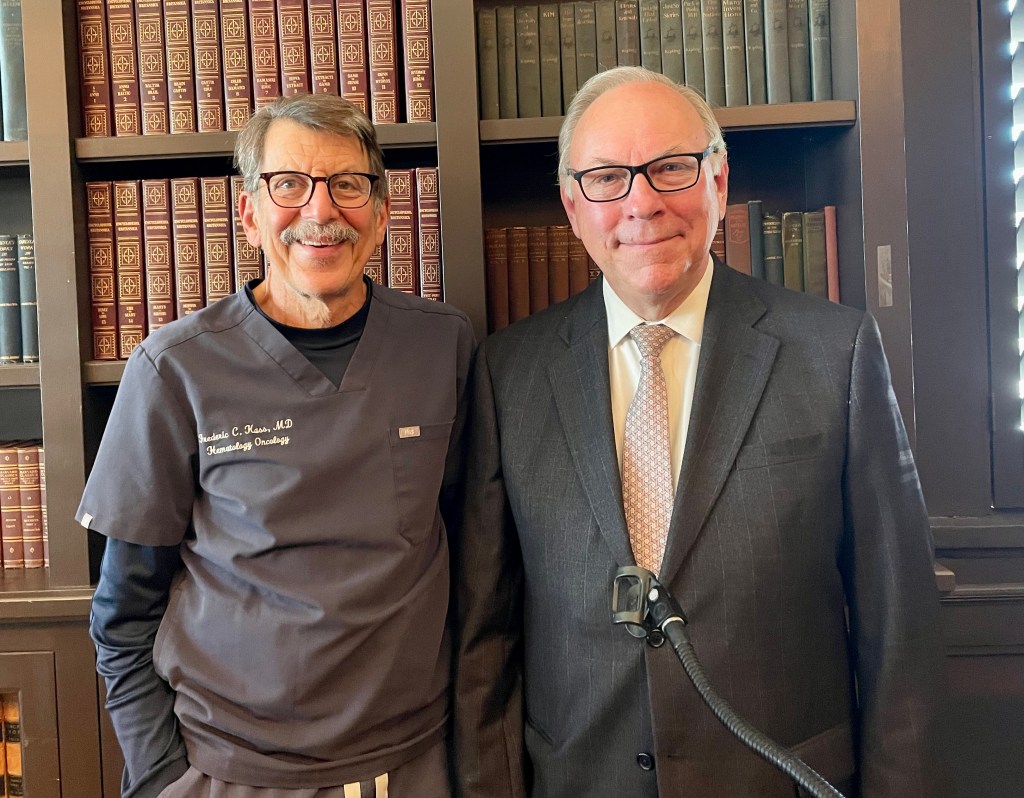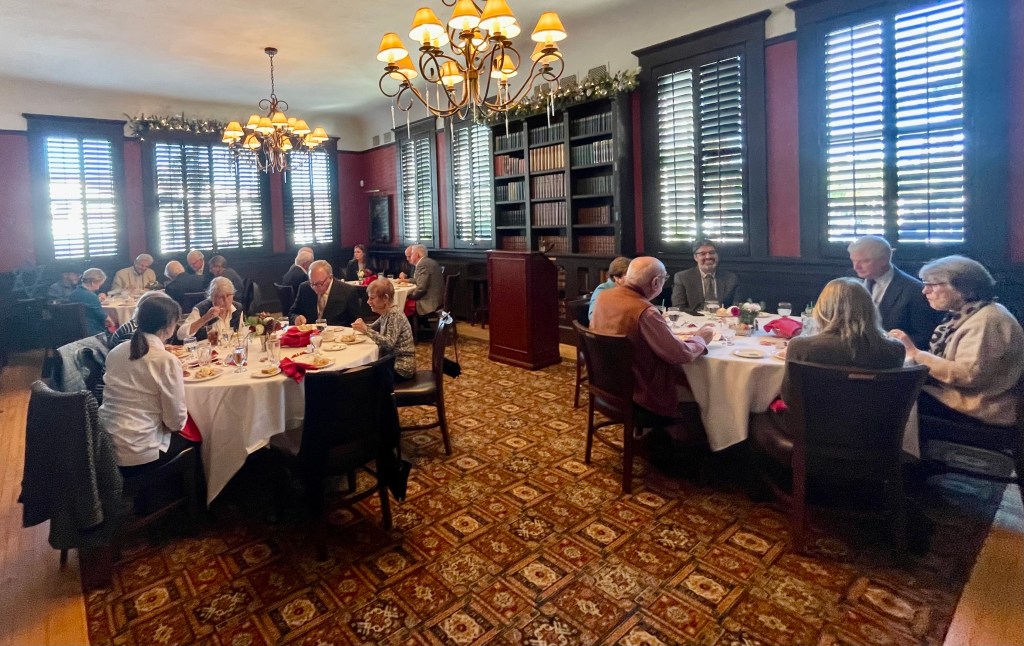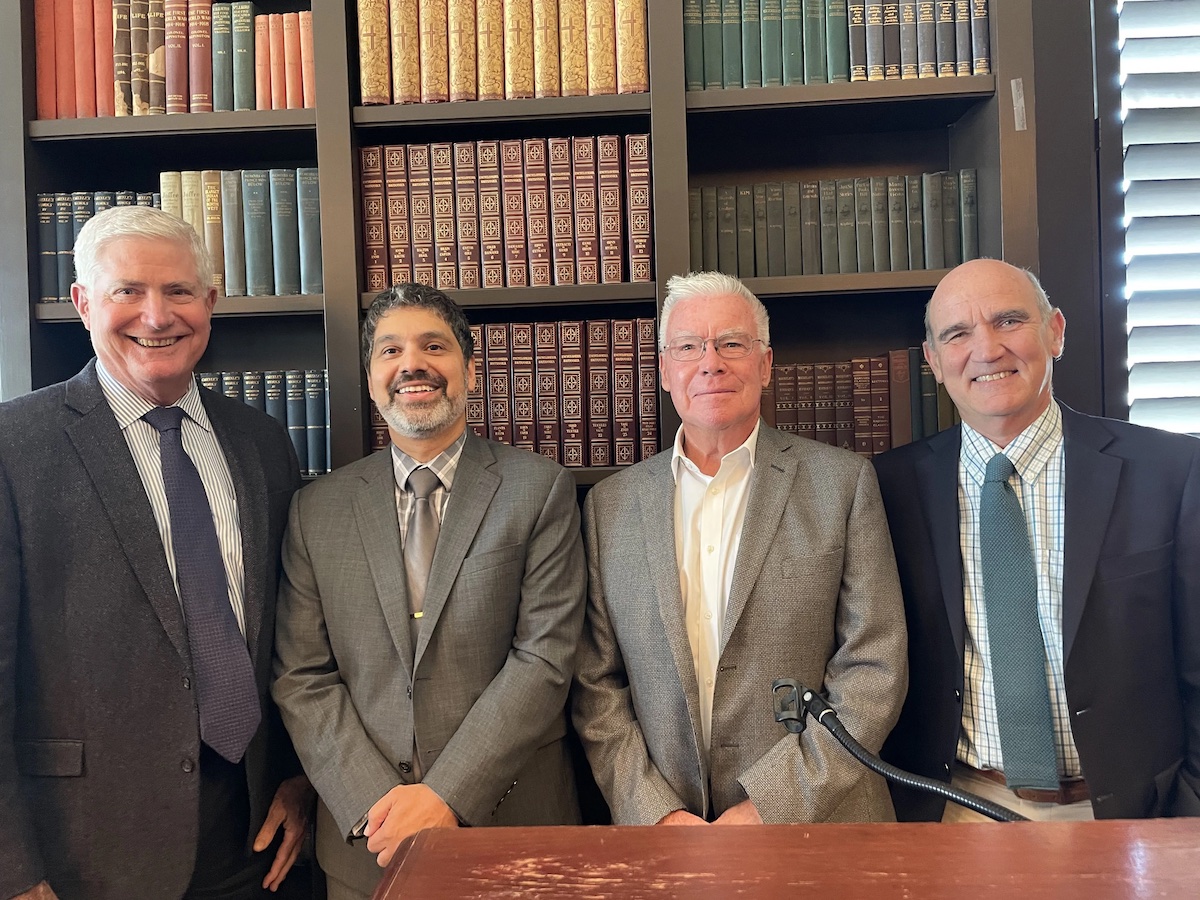On December 5, Santa Barbara Neighborhood Clinics (SBNC) held a Holiday Luncheon for its Strategic Advisory Council and a small group of donors at the Santa Barbara Club, where CEO Mahdi Ashrafian discussed funding challenges and updated guests on developments. Additional details were shared in an interview.
SBNC is a treasured community asset, providing healthcare last year to 18,000 patients through 74,000 visits at its seven clinics in South S.B. County. Most of these patients are low-income, with 53 percent on Medi-Cal, which provides woefully inadequate reimbursement rates, and 34 percent uninsured.
SBNC’s average cost of a patient visit is $310, yet the average amount it receives from all payors (Medi-Cal, Medicare, private insurance, and patients), is $142, leaving a $168 average shortfall per visit. Without significant community support, SBNC could not provide crucially needed medical, dental, and mental healthcare to the low-income residents it serves.
Funding is also needed for an electronic medical records system. Its 12-year-old EMR system still works, but it is dated and not compatible with Epic, which is used by the three entities with which it constantly refers patients back and forth: Cottage, Sansum, and the county. The implementation cost for Epic is about $2 million, with another $700,000-$800,000 in annual subscription fees. Acquiring Epic would enable SBNC to digitally share medical records with these entities, instead of having to print, scan, and fax records. The existing process is not only time-intensive, Ashrafian shared, but can also potentially introduce errors, creating safety risks for patients.
A nice benefit of SBNC adopting Epic, Strategic Advisory Council member Dr. Fred Kass noted, would be that other physicians would develop a greater appreciation of all the work that SBNC does. Presently, while everyone on Epic can see many of their colleagues’ work, “you [at SBNC] are invisible.”
Another funding need is for housing for primary care physicians. SBNC can attract physicians on contract for a few months, Ashrafian related, but as the cost of living here continues to climb, it is difficult and getting even more challenging to hire primary care physicians.
As for the Westside Clinic, Ashrafian is hopeful that the capital campaign, which raised $10 million for construction and another $6 million for operations, will be adequate, but fears that with ever-rising construction costs in Santa Barbara, actual costs may end up exceeding the amount raised.
Ashrafian updated guests on a number of fronts, including its new Westside Clinic. This will replace the existing clinic operating out of a converted 1928 home and enable it to greatly expand its services. The project is moving forward, with plans to soon engage a general contractor for pre-construction services and a ground-breaking in 2024.
Last summer, SBNC introduced a real game-changer in its dental services for kids — a mobile dental clinic, funded by a $100,000 grant from the Women’s Fund of S.B. In a typical week, the clinic sees 200-400 kids, with Medi-Cal and private funders covering the costs.
Many parents must work two jobs to afford to live in Santa Barbara, making it difficult for them to bring their kids into the clinics. According to Ashrafian, there are high rates of no-shows for kid appointments and long periods between visits, pointing to the huge need for this mobile clinic. More generally, Ashrafian emphasized the importance of preventative dental and medical care for our youth, which leads to healthier adults.
Kids at all schools in the Santa Barbara Unified School District and the Carpinteria Children’s Project are eligible for screenings and oral health education. The program launched with Title 1 elementary schools, then will serve middle schools, then high schools. A triage approach aims to treat kids with the most urgent needs first, with a comprehensive exam including X-rays. Parents are brought in via video conference to discuss treatment plans. The goal, according to Chief Dental Officer Dr. Quynh Nguyen, “is to get all children to a maintenance level where they know how to take care of their teeth, and can enjoy good life-long oral health, free of the most prevalent, but preventable and controllable chronic childhood disease, which is tooth decay.”
With substance abuse on the rise, SBNC has expanded its services for this patient population to include acupuncture and has expanded its psychiatry and chiropractic services. The goal is to enable patients to get pain relief through safe, holistic methods instead of opioids and painkillers.
SBNC’s collaboration with Cottage Pediatric Residency Program is expanding, with SBNC accepting more residents each year. It is in the permitting process now for three new pediatric exam rooms at its Goleta clinic. A podiatrist is now on board to deal with the large demand for podiatry services. Its case management services continue, assisting patients with chronic and complex diseases in navigating the complexities of our healthcare system.
For more info or to make a donation, go to http://sbclinics.org.








You must be logged in to post a comment.